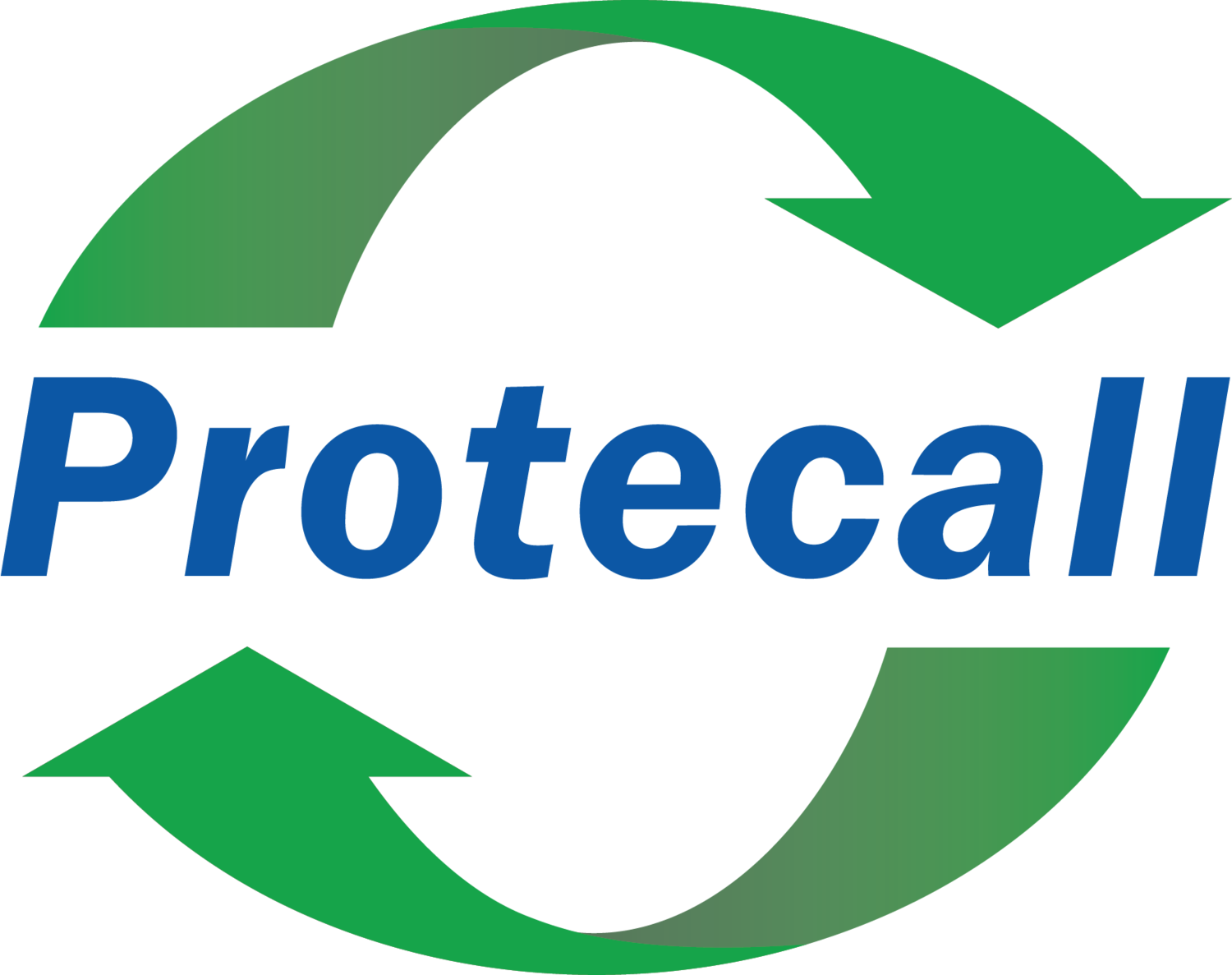SPRAY FOAM, and the IMPACT on EVAPORATOR COILS
THE RISK OF SPRAY FOAM
According to the EPA, the application of SPF generates isocyanate vapors and aerosols. Isocyanate is an ester of isomeric cyanic acid used especially in plastics and adhesives, and most isocyanates will react with water to generate toxic fumes, and when heated to high temperatures they may decompose to emit toxic nitric oxides and cyanide fumes. These vapors and aerosols can migrate through the building if the area is not isolated and properly ventilated.
HOW IT AFFECTS YOUR HVAC
Vapors may linger in a building until properly ventilated and thoroughly cleaned after application. Cutting or trimming the foam as it hardens (tack-free phase) may generate dust that may contain unreacted isocyanates and other chemicals. SPF material is highly adhesive and will stick to most surfaces, including evaporator coils and other HVAC components. Temperature and humidity play a crucial role in the curing of SPF.
Off-gassing of VOCs from SPF is not fully understood and more research is needed. Many of the ingredients in SPF are proprietary and more study is required to understand the chemical reactions taking place.
We receive several requests for coating replacement evaporator coils that failed due to SPF. We recommend protecting evaporator coils from harmful chemicals which cause rapid corrosion and lead to failure. Our coatings are rated to stand up to the harshest chemicals HVAC systems face.



